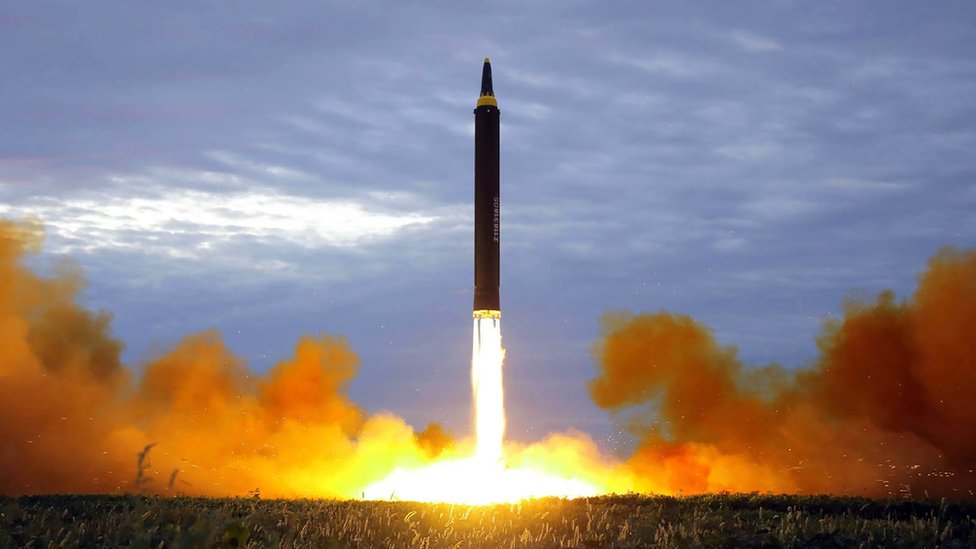Has India has slowly & steadily been building its inventory of nuclear weapons that could be delivered, in times of need, by the newly-acquired fleet of Rafale fighter jets.
How South Africa Almost Finalized This British Aircraft To Deliver Its ‘Nuclear Weapons’
India which faces the threat of a two-front war ordered 36 Rafale jets from France, out of which eight have already landed in the country last year. Thirteen more will be delivered by April this year.
The procurement was not a surprise to many as the Indian Air Force’s fleet, prior to the arrival of the French-made aircraft, was in serious need of reinforcements.

But why did India choose the French-built fighters out of a long list of combat aircraft available to them under the medium multi-role combat aircraft (MMRCA) contract? The reason was due to the Rafale fighter’s nuclear advantage.
The 4+ generation twin-engine, canard-delta wing, multirole Rafale fighter has been designed as an Omni-role fighter, which has the ability to perform nuclear deterrence missions.
While the fighter boasts a wide range of weapons and can also fulfill a host of missions like air supremacy, interdiction, aerial reconnaissance, ground support, in-depth strike, anti-ship strike, its ability to provide India with a nuclear advantage seemed an offer too good to be refused by Prime Minister Narendra Modi.
The Rafale is considered on a par with the European fighter jet, Eurofighter Typhoon, also a 4+ generation aircraft.
But the fact that the Typhoons are produced jointly by Germany, Spain, Britain, and Italy, and the need for multiple clearances from all these nations prompted New Delhi to choose the French fighters instead.
“One reason for the political decision in favor of France’s Rafale was because the French had no problem with the Rafale being modified to carry a nuclear payload,” said former Indian ambassador to France Rakesh Sood.
“On the other hand, Delhi was not so certain about the Eurofighter, as it would involve clearing it with multiple countries including Germany,” he added.
Notably, India had chalked out plans for the Rafales long before the fighters actually arrived in the country.
According to a 2018 report, New Delhi had already possessed around 130 to 140 nuclear warheads in its arsenal, with plans underway to have more of them.

The report titled ‘India Nuclear Forces, 2018’ was prepared by Hans Kristensen and Matt Korda of the Nuclear Information Project at the Federation of American Scientists.
It said, “India is estimated to have produced enough military plutonium for 150 to 200 nuclear warheads, but has likely produced only 130 to 140.”
The report goes on to say that New Delhi had begun plans of setting up newer plutonium production facilities to cater to the growing need of the chemical element.
“Nonetheless, additional plutonium will be required to produce warheads for missiles now under development, and India is reportedly building several new plutonium production facilities,” it says.
“India continues to modernize its nuclear arsenal, with at least five new weapon systems now under development to complement or replace existing nuclear-capable aircraft, land-based delivery systems, and sea-based systems,” according to the report.
India had already maintained three or four nuclear strike squadrons of Cold War-vintage, French-made Mirage 2000H and Jaguar IS/IB fighters.
“Despite the upgrades, the original nuclear bombers are getting old and India is probably searching for a modern fighter-bomber that could potentially take over the air-based nuclear strike role in the future,” says the report.
Rafales are a key component of France’s nuclear forces and are likely to replicate that role for India. As India gets sandwiched between two nuclear-armed hostile neighbors, who happen to be “iron brothers”, the French-made fighter jets would help the country to counter their rising aggression along the borders.
Follow EurAsian Times on Google News




